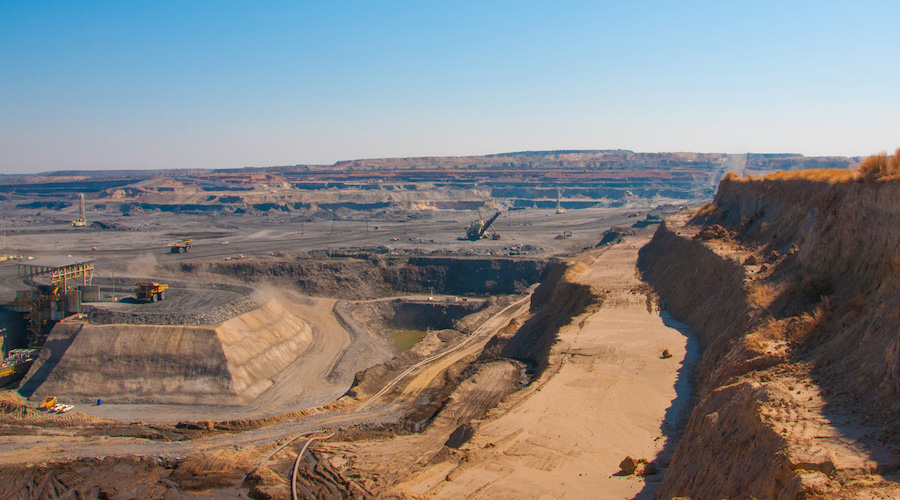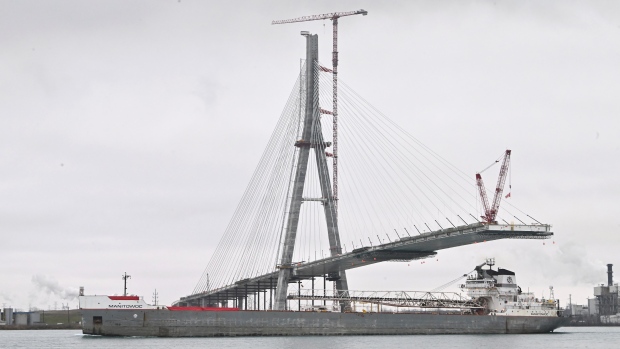Bloomberg News | January 5, 2024 |

Sabodala-Massawa CIL plant. Credit: Endeavour Mining
Endeavour Mining Plc tumbled after announcing it fired chief executive officer Sébastien de Montessus, citing “serious misconduct” and irregularities tied to the sale of a company asset.

The London-based gold miner removed de Montessus after discovering an alleged “irregular payment instruction” of $5.9 million related to an asset sale, it said in a statement. The company also revealed it recently conducted an external investigation into the CEO’s personal conduct with colleagues, following whistle-blowing allegations from October.
Endeavour, which is backed by Egyptian billionaire Naguib Sawiris, traded 12% lower in London on Friday, after falling 10% in Toronto following the announcement on Thursday. The company has named mining industry veteran and deputy chairman Ian Cockerill as CEO.
In a statement on Thursday, De Montessus said that in 2021 he instructed an unnamed creditor of Endeavour to offset an amount owed to the company for essential security equipment, to protect its partners and employees in an unspecified conflict zone.
“The decision had no additional cost to the company and did not benefit me personally in any way,” de Montessus said. “I omitted to inform the board that I had arranged for this offset, which I have freely accepted was a lapse in judgment.”
He said he was given 48 hours’ notice of the concerns and “no proper opportunity” to respond to them before he was fired.
“As to the other investigation: no misconduct of any kind was discovered because none occurred,” de Montessus said. “I am proud of what we have built together at Endeavour,” he said, adding he would “take my time to consider my position with my advisers.”
The dramatic termination ends de Montessus’s seven-year stint at the helm of Endeavour. The former executive transformed the company through a flurry of dealmaking and mine-building that replaced small and high-cost operations with new flagship projects. The company operates gold mines in West Africa with assets across Senegal, Ivory Coast and Burkina Faso.
Neither the company or de Montessus disclosed the asset in question or its location. The company said it became aware of the payment instruction during a review of acquisitions and disposals, which is ongoing. In the past two years, Endeavor has sold mines in Burkina Faso and its stake in an Ivory Coast gold project.
Endeavour has been among the most acquisitive mining companies in recent years, having bought Teranga Gold Corp. and rival Semafo Inc. in 2020.
It has also backed away from deals, abandoning an attempt to buy Centamin Plc, which owns the Sukari mine in Egypt, after its advances were rebuffed. In 2017, the company ended talks on a potential combination with Acacia Mining Plc, a Tanzanian miner that has since been reabsorbed by Barrick Gold Corp.
Cockerill, who is replacing de Montessus effective immediately, previously served as CEO of Gold Fields Ltd. and Anglo Coal, a subsidiary of Anglo American Plc.
(By Jacob Lorinc and Thomas Biesheuvel)




